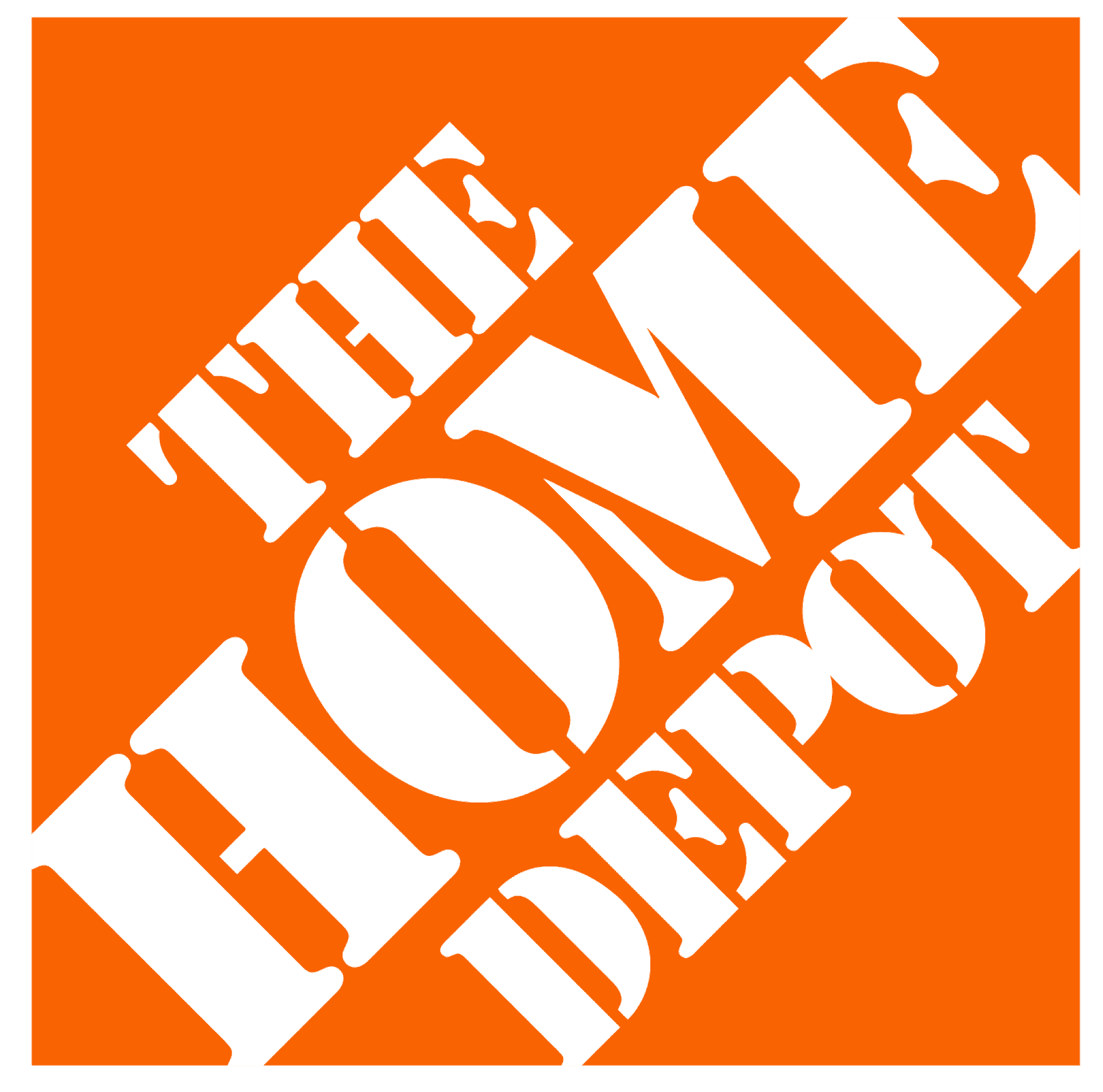The eCommerce industry is booming.
In 2018, it was estimated that the global eCommerce market would grow to $4.8 trillion and by 2020, this number could increase to $6.5 trillion! There are many reasons for this growth such as more people owning smartphones and having access to an internet connection in developing countries. This blog post will discuss 3 trends about e-commerce websites that you should be keeping your eye on moving forward if you work in the industry or have an interest in starting a business of your own!
What is an e-commerce website?

An e-commerce website is a type of online store that allows customers to purchase products and services. It’s based on the idea that if people can shop from home or work, they will do more shopping than going out to brick-and-mortar stores. Ecommerce websites are typically powered by an online marketplace where buyers browse through listings for different items and sellers list their wares to sell them. There are many benefits of owning your own e-commerce site such as being able to reach a wider audience with lower overhead costs, offering personalized customer service, and having full control over how you want your company branded.
How does e-commerce work?

E-commerce functions like a physical store. The only difference is that customers make selections on a website, order online and the company delivers their purchases to them.
E-commerce is more convenient than physical shopping because it’s open 24 hours per day, seven days per week – so customers can purchase products at any time of the day or night. E-commerce does not require people to be in close proximity to each other like traditional face-to-face interactions do.
The e-commerce marketplace has exploded over the last decade with all sorts of new sites appearing every year including large retailers such as Amazon (which started out selling books), search engines such as Google Shopping that sell millions of items through an affiliate network scheme, niche marketplaces for specific categories such as eBay which allows users to list whatever they want to purchase.
For every eCommerce business, a product page is important. Customers know more about your product as they navigate through the product page. That is why your product descriptions must be enticing. Your domain name must also be simple and easy to remember to increase your searchability.
The best eCommerce website makes it easier for customers to put items on their shopping cart and check out the items. If you’re building an eCommerce business, you also need to have at least three payment options, not only credit card payments. Most eCommerce websites usually accept credit card payments but do not offer other payment methods.
You should also take advantage of the benefits of email marketing to keep your customers updated. Email marketing is still a high-converting marketing strategy that you should implement in your online business.
What are the top 10 e-commerce sites?
The top ten e-commerce websites worldwide, according to Internet Retailer, are Walmart.com, Amazon.com, Ebay.com, Target.com, Kmart.com, Kohls.com, BestBuy.com, HomeDepot.com, Macy’s.com, and Sears.com. These sites make up the majority of America’s e-commerce sales–with a total of $83 billion in revenue just from online transactions in 2012 alone.










What is the best e-commerce website?

Many people are interested in the question about what the best eCommerce website is. The truth is that this question can be difficult to answer. All of the major and most popular e-commerce websites have their pros and cons. However, it’s always important to keep track of trends just in case one of the major e-commerce websites goes down or loses popularity.
What are the top 5 eCommerce website builders?
Building your business online can be challenging when you don’t have coding skills. Fortunately, there are many drag-and-drop website builders that enable you to create an online store without any coding skills. In this article, we’ve gathered the best of those eCommerce website builders for your convenience.
If you’re looking to build a simple eCommerce website with no templates or plugins then use Magento Go / WooCommerce and Webflow. If you need more advanced features such as catalog management or integration with Google Analytics then choose Shopify Plus or Wix Commerce Business Plan (formerly CloudWiz). For secure payments on mobile devices, Stripe is a good choice and it also has hosting included in its price so if quality service is important to you then go ahead and sign up now!
Choose the store builder that best fits your vision of your eCommerce business.





How much does a basic eCommerce website cost?
If you’re looking to create an eCommerce store, there are a few things you need to do first. You need to first have a domain name and website hosting package. Most eCommerce website builders are free and only let you pay for your custom domain name. Second, you’ll want to create your logo and the product images for your website. If you’re selling products, you’ll need product names, descriptions, and photos of the items before the end of your store. Lastly, ask someone who knows website coding what programming language is best for your site.
What are the eCommerce Website Trends to Watch For?
You might be thinking about running your own store, but you’re not sure where to start. The good news is there are plenty of free resources and tutorials that can help you get a head start! So what trends should you keep in mind? Let’s take a closer look at three important e-commerce website trends to watch.
Lately, there are three e-commerce website trends that you should keep your eye on. These trends are an increase in mobile use, the integration between chatbots and social media, and on-site personalization.
Responsive Design

The first trend discussed is responsive design. The response to the change in the way people browse for products is changing with different screen sizes and resolutions. The most important thing about responsive design is that it’s flexible and can scale to any size without any loss of quality.
With the rise of mobile browsing, it has become important for sites to be able to show up and function correctly on any device regardless of size or make. Customers also want things now and do not want to wait for their phones or tablets to load a site that won’t work on them anyway. Your eCommerce design has to appeal to your target audience.
With an increase in the Google ranking for mobile-friendly sites, your site must be responsive. A responsive web design is crucial in search engine rankings. Your web design must be optimized to improve the overall customer experience.
Additionally, the number of people shopping on their phones has grown significantly over the last few years, so you want to make sure that you’re catering to that market. The convenience of mobile commerce makes it an attractive trend, and businesses will be rushing to make their website compatible for their visitors not to lose interest.
It’s now easier to build an eCommerce website with the help of eCommerce website builders. A user-friendly interface is important for online stores. Choose a website builder that has a drag and drop feature so it would be easier for you to move elements around your website. Aside from a responsive web design, your shopping cart and checkout process should be simple and intuitive.
Your home page design is also important. Great eCommerce sites have responsive home pages and product pages.
Chat Marketing and AI chatbots

Artificial intelligence is being used in a multitude of ways, including chatbots that can act as customer service representatives by answering questions posted over messenger services.
Chat marketing is becoming more popular nowadays as more people sell online. A chatbot is helpful for an online business to make sure leads become paying customers. Messenger Bot is a popular chatbot that can help you set reminders for abandoned cart recovery to increase sales. It’s a great marketing tool for a small business for an affordable price.
On-site Personalization

There are a few trends to watch out for when it comes to eCommerce websites. These trends will help you stay ahead of the competition and differentiate your store from others. One trend is the level of customization available on websites. Today, customers expect an online shopping experience tailored specifically to them. This trend is best exemplified with sites like Zappos or Warby Parker. Neither company asks customers to select their size or shoe style because they know what fits a customer best: themselves! Offerings that make your e-commerce website feel more personal, such as customized features or things like hand-written thank you notes, can be a great way to stand out and generate loyalty among shoppers.
Conclusion

Ecommerce is the future. Consumers have a lot of opportunities for savings by shopping online. Sometimes it’s best to browse the internet until you find the right deal, but other times it’s worth your time to visit an eCommerce platform such as eBay or Amazon. These sites have everything you need from electronics to clothing at very competitive prices.
One trend that we might see in eCommerce this year is social media marketing campaigns which are likely to increase transactions through eCommerce websites. Mobile commerce on the go is also expected to be a big trend in 2018. Finally, chatbots will soon be offering another way for companies to market and sell products online without human interaction.





